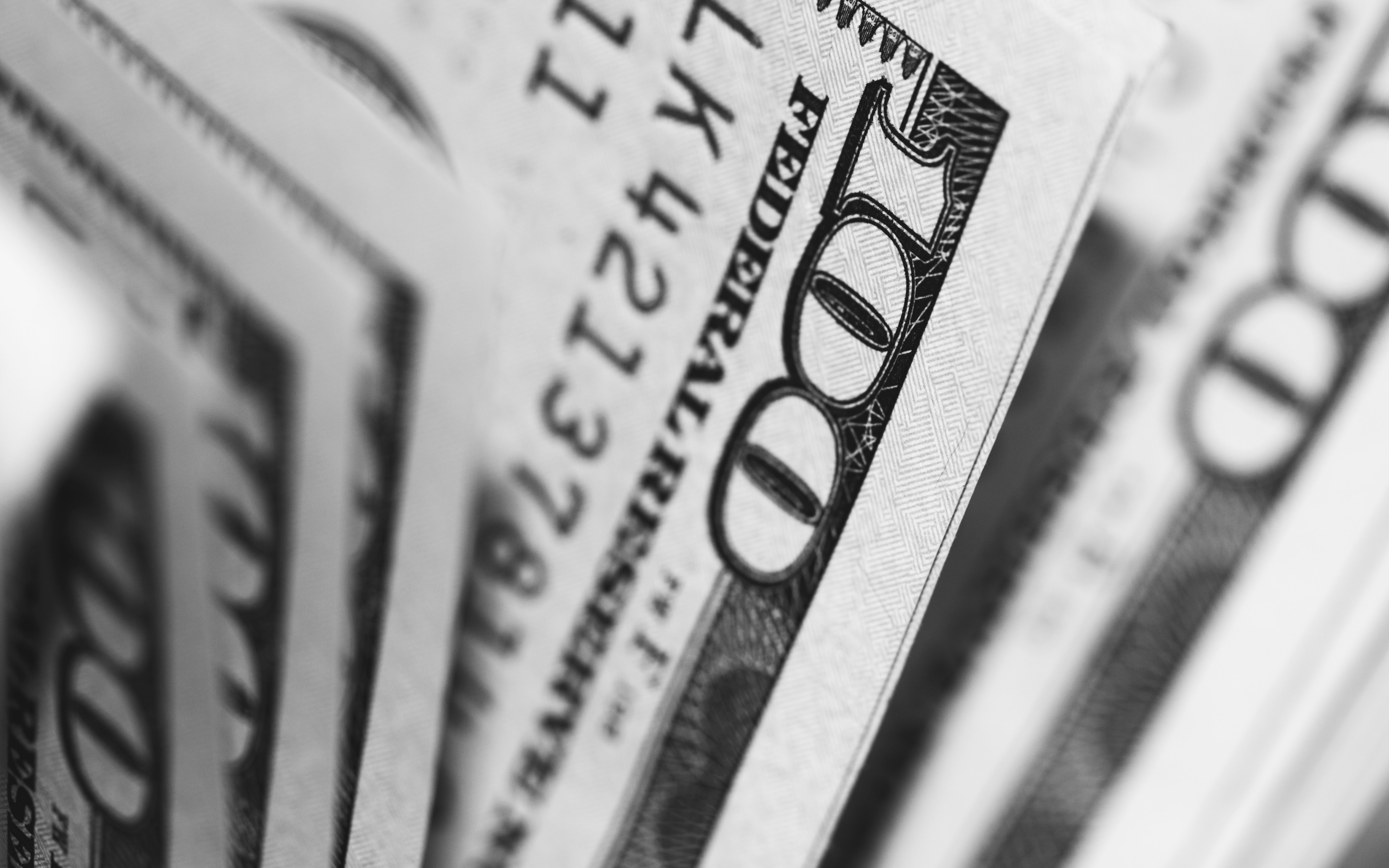Planning
The first and most important thing is to plan the auction, and Sherry Truhlar from Red Apple Auctions encourages organizations to start early. She advises starting at least six to nine months before event.
The entire process takes time, but the most time consuming thing is procuring donation items. This is especially true if you are going after donations from larger companies, because many large companies have a specific giving cycle.
Length
Another way to ensure a successful auction is to make sure the event doesn’t run too long. Charles Wickins believes about 30 minutes is the right amount of time for an auction only event. Of course, auction with dinner and dancing will run longer.
Size
The size of the auction really does impact the success of the auction. Charles Wickins encourages organizations to size the auction right for your crowd. He doesn’t like to see more then 10% items. This means for a crowd of 300 there should be about 25 items.
Otherwise, too many items can make it look like a garage sale. Sherry Truhlar agrees she encourages organizations to “reduce the number of items build on the idea of scarcity.” A bunch of bidders bidding on a few items fosters competition and encourages better selling prices.
Items
After determining how many items will be in the auction, you need to decide what types of items to offer. Charles thinks this step is one of the most critical. He advises organizations to carefully select what they are going to sell “Don’t load auction with stuff your attendees don’t want.”
After deciding on the items, it is time to price them. Charles reminds organizations to price the items for the crowd. Sherry believes it is a good idea to have a variety of price points. Remember the idea is to sell the items, if the prices are out of your attendees’ price range your event isn’t going to make any money.
According to Charles, it is very important to have “good catalog description for live auction items”. Guests want to know exactly what they are bidding on, but the auctioneer doesn’t want to stop the auction to field questions about an item.
Marketing
Sherry Truhlar Red Apple Auctions “auctions tend to be the biggest fundraiser for a non-profit”, so it is very important to let people know about your auction. Sherry explains, “An auction is your business. You are doing it to make money, but unlike most businesses you have only around four hours to make all your money“
Use social media to build a buzz. Have pictures of items that are up for bid. This works especially well for big items like trips, which tend to be less of a spur of the moment purchase.
Operations
Have a good check out. This not only keeps guest happy, because no one wants to wait in line for 30 minutes to pay for an item, and more likely to return to your auction next year, but the whole reason you’re having an auction is to make money and a streamlined checkout ensures that all monies will be collected in a timely manner.
Another way to boost sales and make checkout simple is to accept credit cards especially if there are big ticket items available in the auction. According to Sherry, accepting credit cards can increase an organizations take by 25%.
With the proper planning and preparation, any size auction can be successful.












 According to Charles Wickins, the English Auctioneer "a good auction is more of an art than a science". Still there are a few steps an organization can take to ensure their auction is a success.
According to Charles Wickins, the English Auctioneer "a good auction is more of an art than a science". Still there are a few steps an organization can take to ensure their auction is a success.